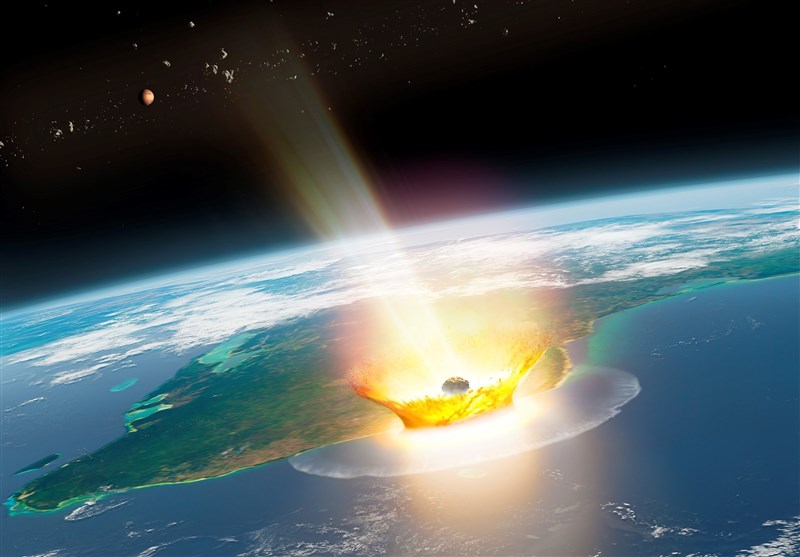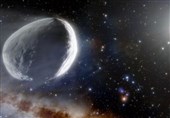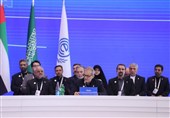Study Reveals Dinosaur-Killing Asteroid Formed beyond Jupiter, Refuting Comet Theory
TEHRAN (Tasnim) – A recent study has provided new insights into the origin of the asteroid that caused the mass extinction event 66 million years ago, confirming it formed beyond Jupiter's orbit and debunking the theory that it was a comet.
Scientists have long debated the origins of the cosmic object responsible for the extinction of the dinosaurs, but a new study published in the journal Science on Thursday offers crucial data on the impactor's origin.
Researchers utilized a novel technique to demonstrate that the asteroid, which struck Earth 66 million years ago and caused the most recent mass extinction, formed beyond Jupiter's orbit.
The study challenges the previous theory that it was a comet.
The findings, which focus on the asteroid that created the Chicxulub crater in present-day Mexico's Yucatan Peninsula, could enhance our understanding of celestial objects that have collided with Earth.
"Now we can, with all this knowledge, say that this asteroid initially formed beyond Jupiter," said Mario Fischer-Godde, lead author of the study and a geochemist at the University of Cologne, in an interview with AFP.
The conclusions are particularly significant given the rarity of such asteroid collisions with Earth.
This information could be vital for assessing future threats or understanding how water arrived on Earth, according to Fischer-Godde.
The findings are based on an analysis of sediment samples from the period between the Cretaceous and Paleogene eras, the time of the asteroid's catastrophic impact.
Researchers measured the isotopes of the element ruthenium, commonly found in asteroids but rare on Earth. By analyzing deposits across multiple geological layers marking the debris from the Chicxulub impact, they confirmed that the ruthenium originated "100 percent from this asteroid."
"Our lab in Cologne is one of the rare labs that can do these measurements," Fischer-Godde said, noting that it was the first time such techniques were applied to impact debris layers.
Ruthenium isotopes can differentiate between C-type, or carbonaceous asteroids, which form in the outer solar system, and S-type silicate asteroids from the inner solar system, closer to the sun.
The study confirms that the asteroid, which triggered a massive earthquake, a global winter, and the extinction of the dinosaurs and most life forms, was a C-type asteroid formed beyond Jupiter.
Previous studies from two decades ago had speculated this but with far less certainty.
These conclusions are striking because most meteorites—fragments of asteroids that reach Earth—are S-types, Fischer-Godde explained.
However, Fischer-Godde cautioned that this does not necessarily mean the Chicxulub impactor came directly from beyond Jupiter. "We cannot be really sure where the asteroid was kind of hiding just before it impacted on Earth," he said, suggesting it may have passed through the asteroid belt between Mars and Jupiter before striking Earth.
The study also dismisses the theory that the impactor was a comet, a hypothesis proposed in a widely publicized 2021 study based on statistical simulations.
Analyses now reveal that the celestial object differed significantly in composition from meteorites thought to be remnants of comets. Thus, Fischer-Godde concluded, it is "unlikely" that the impactor was a comet.
Fischer-Godde suggested that the study's findings could have broader implications.
Accurately identifying the nature of past asteroid impacts could help solve the mystery of Earth's water origin, with scientists hypothesizing that water may have been delivered by C-type asteroids like the one that struck 66 million years ago.
Moreover, understanding past asteroid impacts can help humanity prepare for future threats.
"If we find that earlier mass extinction events could also be related to C-type asteroid impacts, then... if there's ever going to be a C-type asteroid on an Earth-crossing orbit, we have to be very careful," Fischer-Godde warned, "because it might be the last one we witness."






